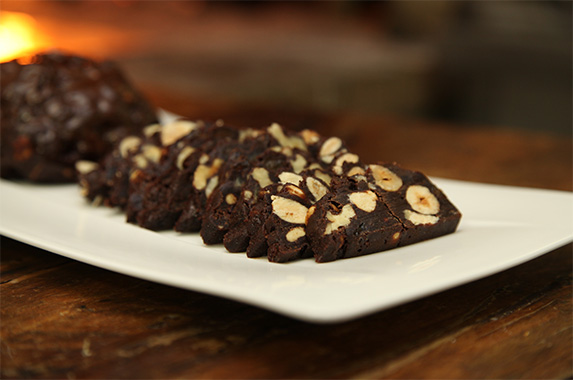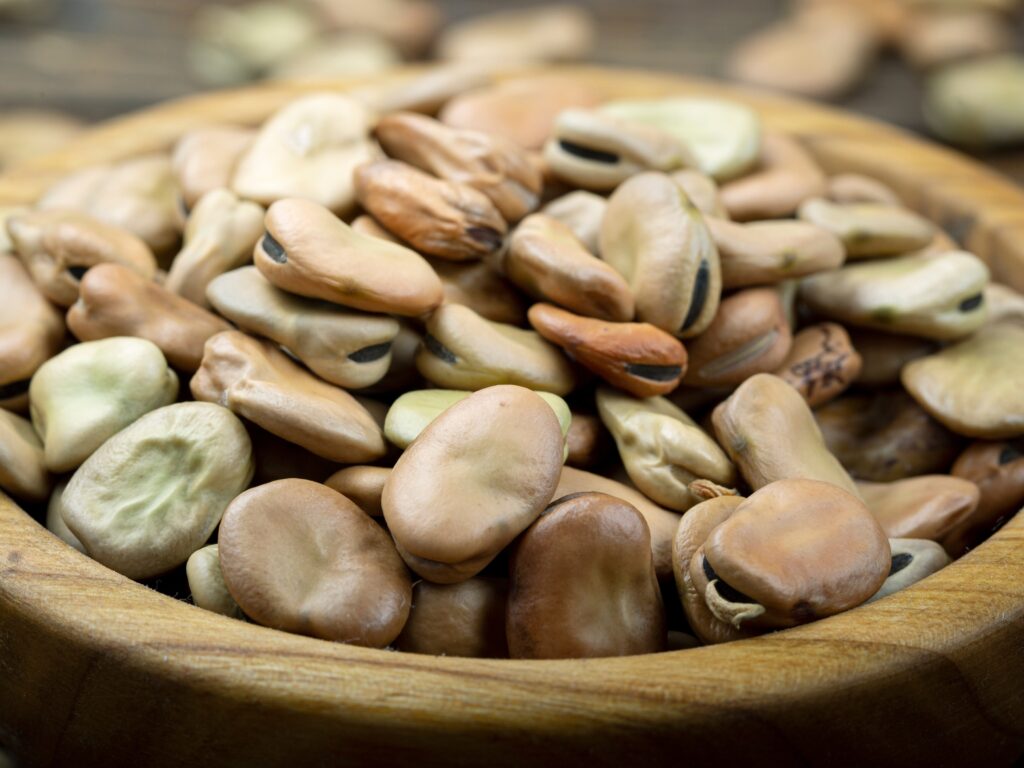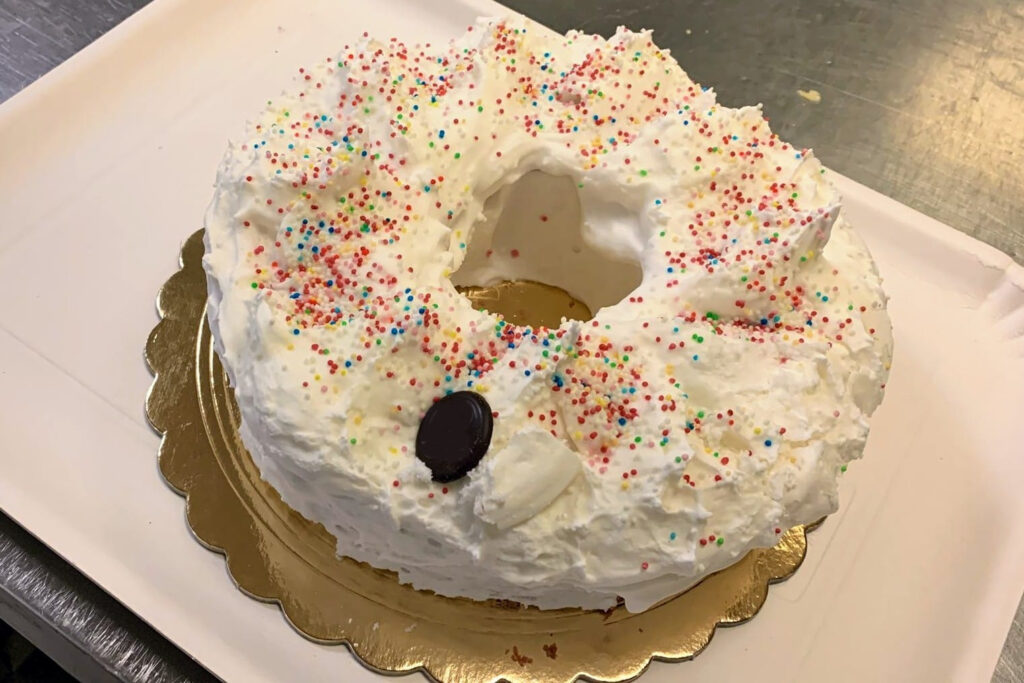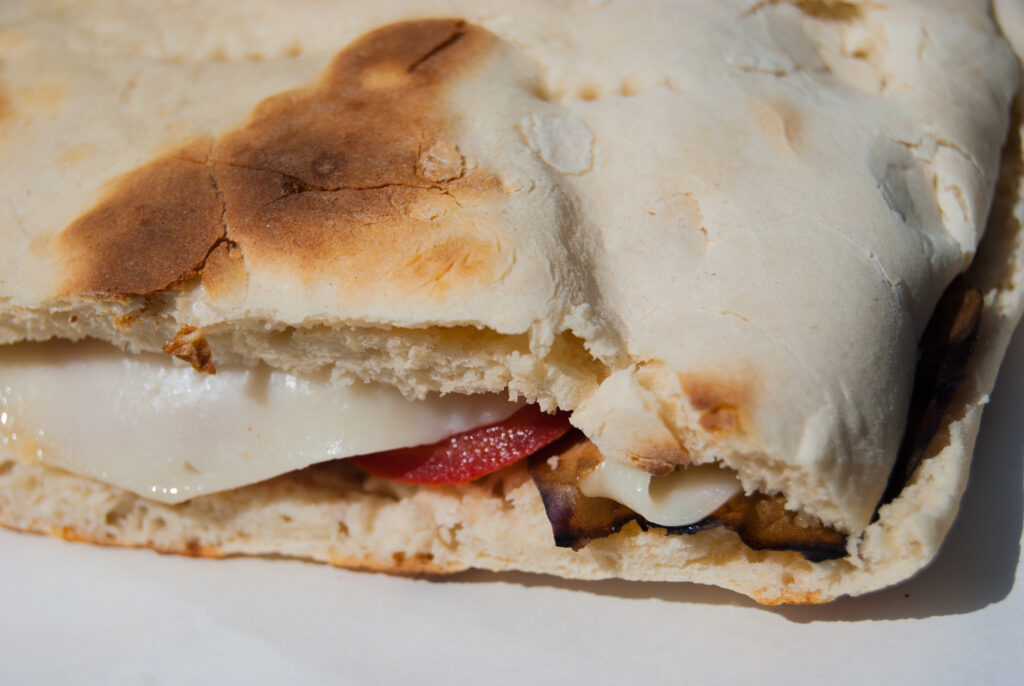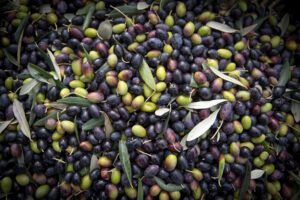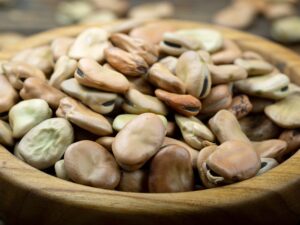Panpepato (also called pampepato) is a dessert of the peasant tradition eaten especially during Christmas time. It is a product typical of the regions of Central Italy; it is possible to taste it in Umbria, but also Lazio, Tuscany and Emilia Romagna. It owes its name to one of the main ingredients used to make it: pepper.
The influence of commercial trading with the East
Panpepato dates back to the Medieval period and it is inspired by the Tuscan panforte, from the area of Siena. Originally, it was made of bread with dried fruit added and honey and was used to celebrate during the Christmas period. The bread, a symbol of life, was enriched with dried fruit and honey that represented prosperity and wealth. Around 1500, when commercial trading with the East began, oriental spices were added to the traditional ingredients of panpepato. Spices were very expensive at that time, peasant families could not afford to buy them very often, preferring then the Christmas holidays to incur this cost and use spices to prepare culinary products typical of that period of the year.
During the centuries, panpepato spread and became a product consumed by peasant families, but also eaten within the courts of noble families, such as the Estensi in Ferrara and Medici in Florence.
Panpepato of Terni
In Umbria, the city of excellence where panpepato is produced is Terni. There are different versions of this product because each family keeps its own traditional recipe, to which it is possible to add or remove ingredients as desired. Generally, it is made with dried fruit (almonds, nuts, pine nuts, walnuts), spices (pepper, cinnamon, nutmeg), citrus fruits and raisins. All ingredients are then mixed with flour, chocolate, coffee, honey, and cooked grape must. The tradition wants people to exchange this dessert and a branch of mistletoe during the Christmas period as a symbol of a good omen.
Vivi l’Umbria insieme ai suoi protagonisti
Percorsi ed esperienze da scoprire per un’immersione nella cultura, nella natura e nei sapori umbri
